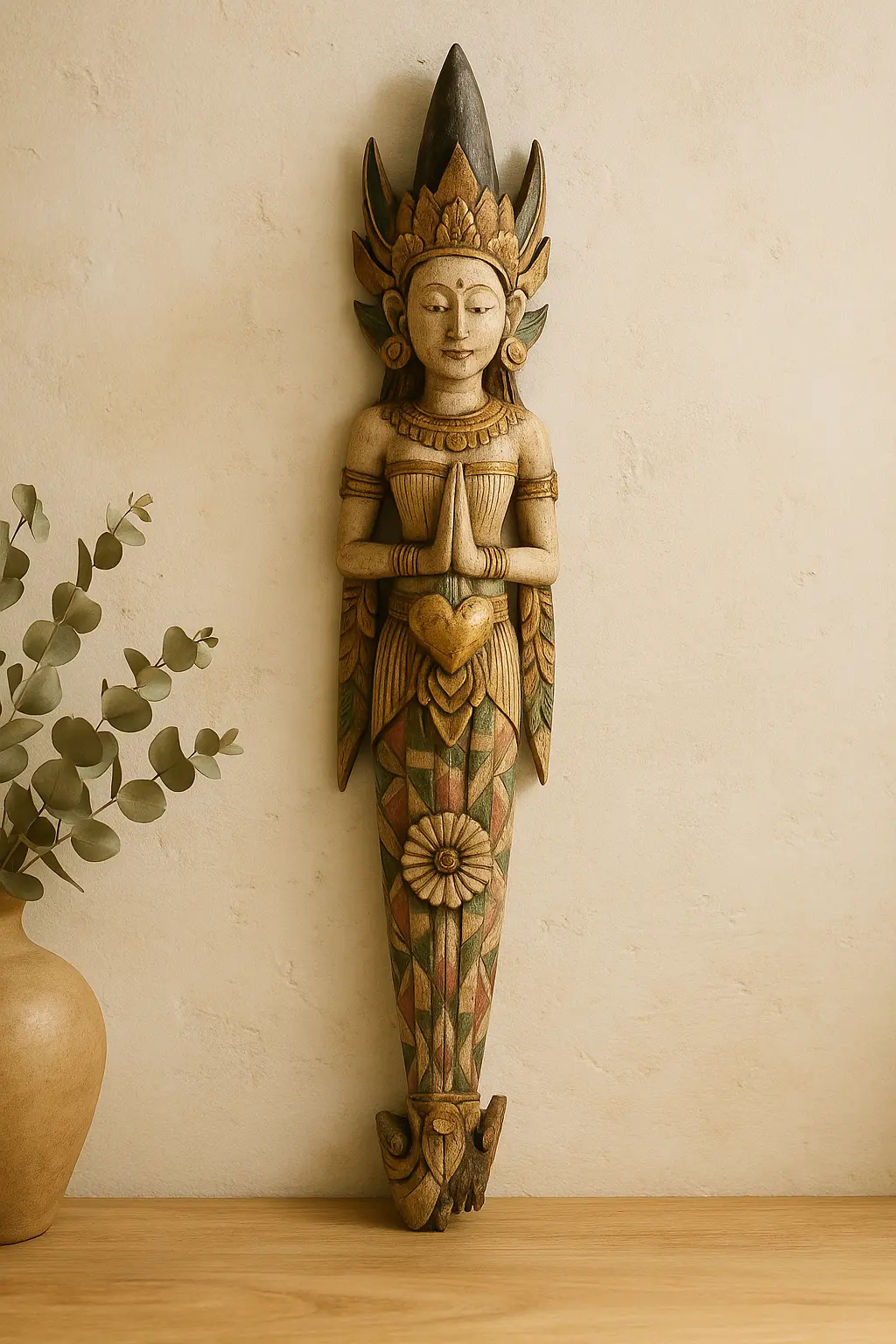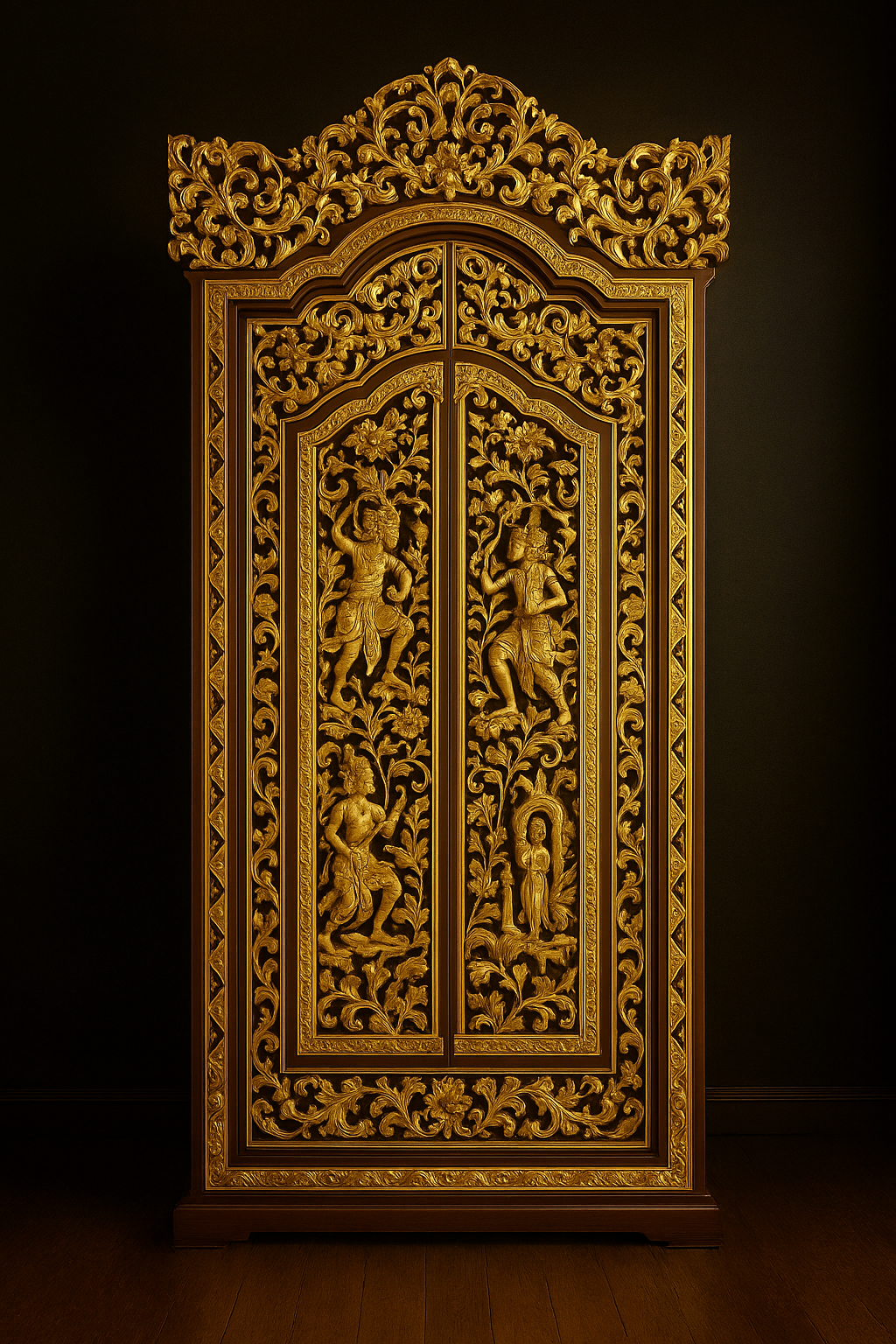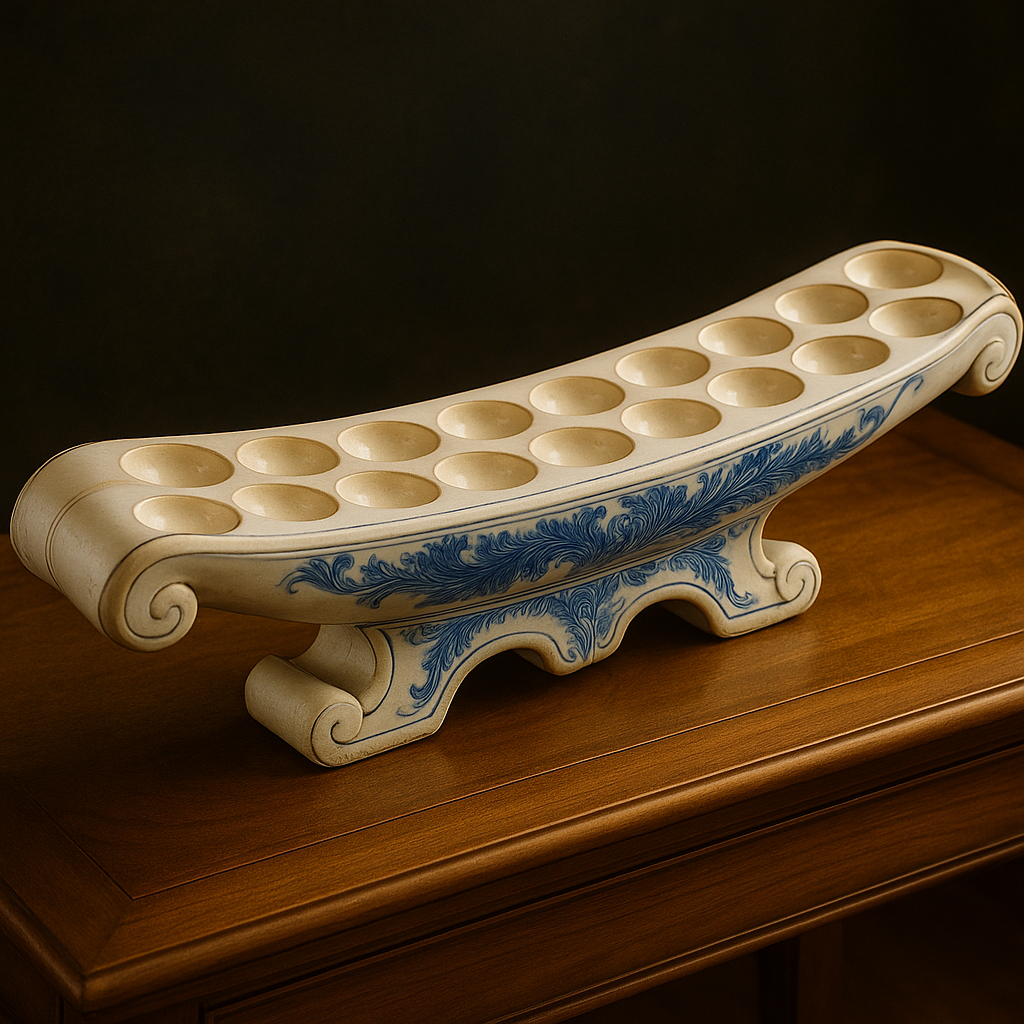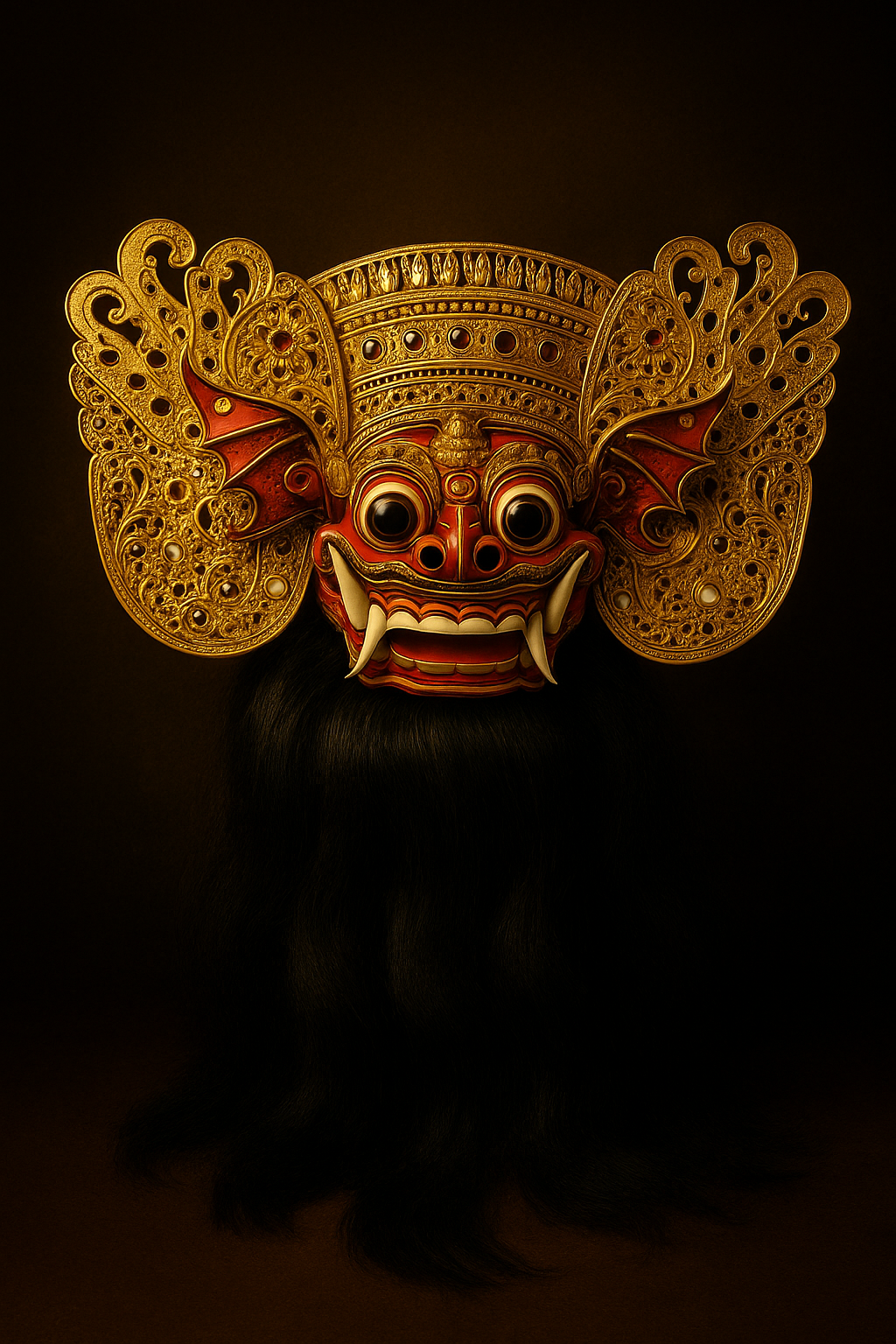Balinese wood carving is more than just an art form; it is a vibrant cultural heritage that has flourished for centuries on the Indonesian island of Bali. This intricate craft has evolved into a thriving industry, deeply intertwined with the island’s identity and economy. Today, Balinese wood carvings are highly sought after worldwide, especially in the realms of home decor, wholesale handicrafts, and artistic expression. In this comprehensive article, we will explore the fascinating history of the Balinese wood carving industry, its cultural significance, and its modern-day impact on global markets.
🌿🔨 Origins of Balinese Wood Carving: From Sacred Rituals to Artistic Mastery 🔨🌿

The roots of Balinese wood carving trace back over a thousand years, deeply embedded in the island’s religious and cultural traditions. Bali’s Hindu-Buddhist heritage, which arrived from India and Java around the 8th to 10th centuries, played a pivotal role in shaping the artistic landscape. Wood carving was initially a sacred craft, used primarily to create religious statues, temple decorations, and ceremonial objects.
Balinese artisans carved intricate depictions of gods, mythical creatures, and nature motifs, reflecting the island’s spiritual beliefs. The wood used was often sourced from local trees like teak, mahogany, and jackfruit, prized for their durability and fine grain. These carvings were not only artistic expressions but also spiritual tools believed to bring protection and blessings.
Over time, the craft expanded beyond religious purposes. Villages such as Mas, Celuk, and Batubulan became renowned centers for wood carving, where skills were passed down through generations. The tradition of apprenticeship ensured that the knowledge and techniques remained alive, evolving with each new generation of artisans.
🏡🌟 Balinese Wood Carving and Home Decor: A Perfect Blend of Tradition and Modernity 🌟🏡

As Bali opened up to tourism and international trade in the 20th century, the wood carving industry began to adapt to new markets. The demand for Balinese wood carvings as home decor skyrocketed, both locally and globally. Today, these carvings are prized for their unique blend of traditional craftsmanship and aesthetic appeal, making them perfect statement pieces for homes around the world.
Balinese wood carvings come in various forms suitable for home decor, including:
- Wall panels and reliefs: Featuring scenes from Balinese mythology or nature.
- Furniture accents: Chairs, tables, and cabinets adorned with intricate carvings.
- Sculptures and statues: Representing deities, animals, or abstract designs.
- Decorative masks: Used both as art and cultural symbols.
The natural beauty of the wood combined with the detailed craftsmanship creates a warm, exotic ambiance that enhances any living space. Homeowners and interior designers alike appreciate the authenticity and story behind each piece, making Balinese wood carvings a favored choice for unique, handcrafted decor.
🛒🌍 Wholesale Handicrafts: The Backbone of Bali’s Wood Carving Industry 🌍🛒

The growth of the Balinese wood carving industry is closely linked to the wholesale handicrafts market. Wholesale trade allows artisans to reach a broader audience, supplying retailers, galleries, and exporters worldwide. This sector has become a vital economic driver for many Balinese communities, providing livelihoods and preserving cultural heritage.
Wholesale buyers are attracted to Balinese wood carvings for several reasons:
- Authenticity: Each piece is handcrafted, ensuring uniqueness.
- Variety: From small souvenirs to large furniture pieces, the range is extensive.
- Sustainability: Many artisans use responsibly sourced wood and traditional methods.
- Customization: Artisans often create bespoke designs tailored to client needs.
The wholesale market also encourages innovation within the craft. Artisans experiment with new styles, finishes, and functional designs to meet global trends while maintaining traditional techniques. This dynamic balance helps the industry stay relevant and competitive.
🌺🎨 The Artistic Techniques Behind Balinese Wood Carving 🎨🌺

Understanding the history of Balinese wood carving also means appreciating the meticulous techniques that define this craft. The process is labor-intensive and requires exceptional skill, patience, and creativity.
Key steps in Balinese wood carving include:

- Wood Selection: Choosing the right type of wood is crucial. Teak and mahogany are favored for their strength and fine grain, while softer woods like pule are used for detailed work.
- Design Sketching: Artisans often start with a detailed sketch or mental image inspired by traditional motifs or client requests.
- Rough Carving: Using chisels and knives, the carver shapes the basic form, removing large chunks of wood.
- Detailing: Fine tools are used to carve intricate patterns, facial expressions, and textures.
- Sanding and Smoothing: The surface is polished to enhance the wood’s natural beauty.
- Finishing: Some pieces are left natural, while others are stained, painted, or lacquered to protect the wood and add color.
This process can take days or even weeks, depending on the complexity of the design. The dedication to craftsmanship ensures that each piece is a work of art, carrying the spirit and tradition of Bali.
🌏💼 Global Impact and Future Trends in Balinese Wood Carving 💼🌏

The Balinese wood carving industry has successfully transitioned from a local cultural practice to a global phenomenon. Its influence is evident in international home decor markets, luxury handicraft collections, and cultural exhibitions worldwide.
Several factors contribute to its ongoing success:

- Tourism: Bali’s status as a top travel destination introduces millions to its art and culture.
- E-commerce: Online platforms enable artisans and wholesalers to reach customers globally.
- Cultural Preservation: Government and community initiatives support training and sustainable practices.
- Innovation: Combining traditional motifs with contemporary designs attracts younger buyers.
Looking ahead, the industry faces challenges such as environmental sustainability and competition from mass-produced imitations. However, the commitment of Balinese artisans to quality and authenticity positions the craft well for continued growth.
🌟✨ Conclusion: Balinese Wood Carving – A Living Legacy for Home Decor and Handicrafts ✨🌟

The history of the Balinese wood carving industry is a testament to the island’s rich cultural heritage and artistic excellence. From sacred temple carvings to exquisite home decor pieces, this craft embodies the spirit of Bali and its people. Its evolution into a thriving wholesale handicraft industry highlights the balance between tradition and modernity, offering unique, handcrafted treasures to the world.
For anyone passionate about home decor, handicrafts, or cultural art, Balinese wood carvings provide not just beauty but a story — a story carved in wood, passed down through generations, and cherished across continents. Whether you are a collector, retailer, or simply an admirer, embracing Balinese wood carving means celebrating a timeless art form that continues to inspire and enrich lives globally. 🌺🪵🏡